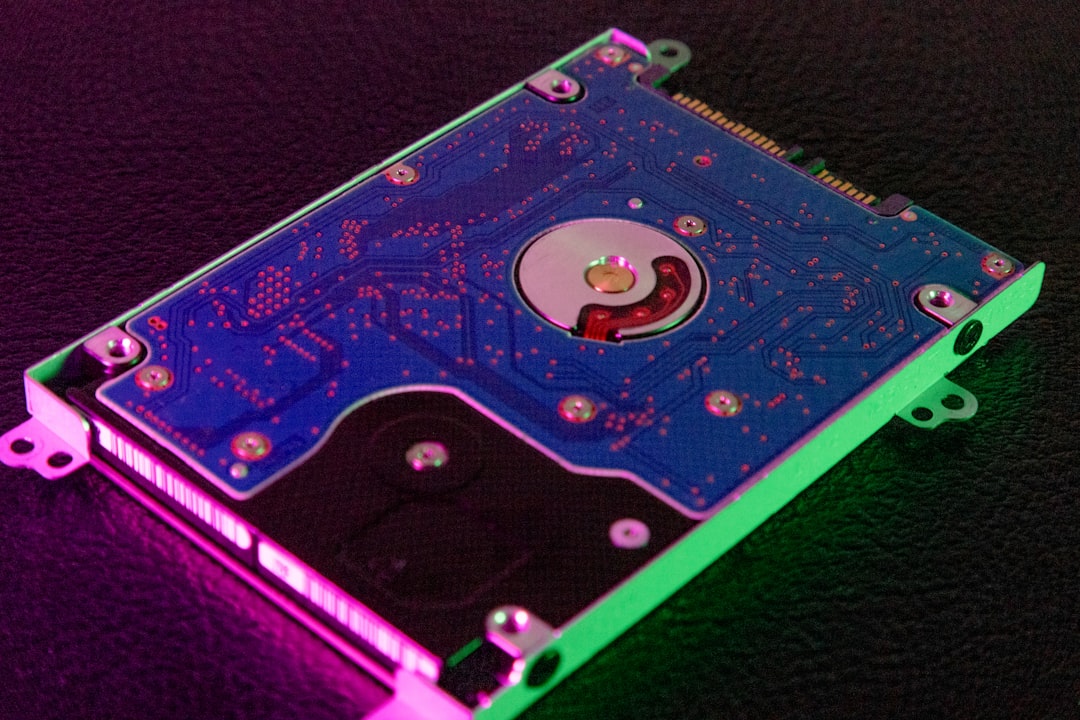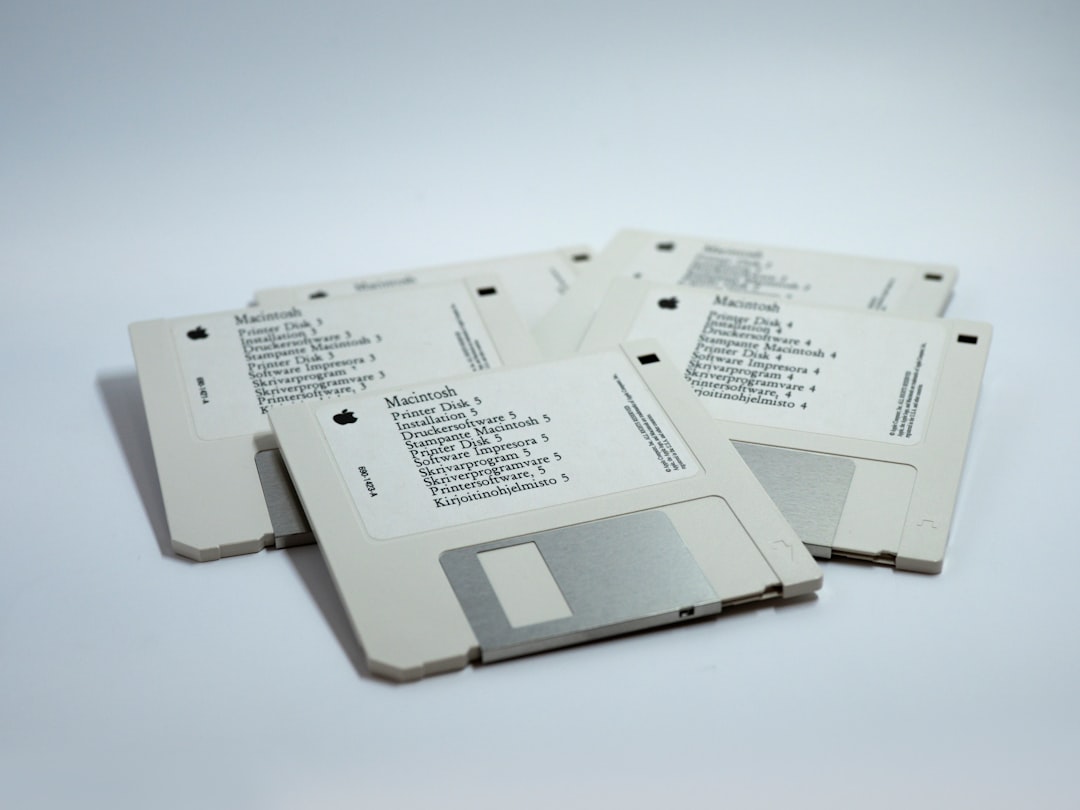When using a computer, especially over long periods or with aging hardware, users may begin to encounter various issues related to storage devices. One of these is the UDMA CRC Error Count, a warning that can show up during a hard disk SMART (Self-Monitoring, Analysis and Reporting Technology) test. While often overlooked or misunderstood, this error can be a signal of a deeper problem—one that shouldn’t be ignored. In this article, we’ll delve into what the UDMA CRC Error Count means, what’s causing it, how serious it might be, and what actions you can take to fix or prevent it.
What Is UDMA CRC Error Count?
The UDMA CRC Error Count refers to the number of errors that occur when data is transferred between a computer’s motherboard and its storage device via the Ultra Direct Memory Access (UDMA) interface. The “CRC” part stands for Cyclic Redundancy Check, a method used to detect errors during data transmission. When the system detects a mismatch between sent and received data based on the CRC check, it counts that as an error.
This value can be observed using hardware diagnostic tools like CrystalDiskInfo, Hard Disk Sentinel, or the built-in SMART diagnostic features of many operating systems. If the count is increasing or if it’s abnormally high, it can indicate instability in the data transmission path.

What Causes UDMA CRC Errors?
There are several common causes of UDMA CRC errors, most of which are related not to the hard drive itself, but to the components and connections that facilitate communication between the drive and the motherboard. Here are a few of the main culprits:
- Faulty or loose SATA/IDE cables: Worn-out or loosely connected cables can result in intermittent data transfer errors.
- Bad motherboard SATA ports: Defective or dirty SAS/SATA connectors may lead to connectivity issues.
- Electrical interference: Devices nearby or poor PC case cable management can result in electrical noise that corrupts data transfer.
- Poor quality or non-shielded data cables: Low-quality cables may lack shielding and increase susceptibility to interference.
- Drive or controller malfunction: Though rare, the storage device or the controller on the motherboard may be failing.
Understanding these causes is essential because while a high UDMA CRC Error Count may seem alarming, it does not usually indicate that your hard drive is dying. More often than not, it’s an issue with the cables or ports rather than the disk itself.
Why This Error Shouldn’t Be Ignored
Even if the UDMA CRC Error Count doesn’t directly point to imminent hard drive failure, it’s not something you should ignore. Frequent data transmission errors can:
- Cause your computer to freeze or behave erratically
- Lead to corrupted data if the errors become widespread
- Point to deeper issues in your system’s health that may escalate
- Indicate unstable or failing hardware connections that can affect overall performance
Moreover, high error counts will remain recorded in the SMART logs, which might make you fail a disk health test if you’re trying to sell or reassess the drive later. Monitoring and addressing these errors early helps maintain long-term reliability of your PC.
How to Check Your UDMA CRC Error Count
To check the UDMA CRC Error Count of your storage device, use any of the following SMART monitoring tools:
- CrystalDiskInfo: A free, user-friendly utility that displays SMART status and highlights key attributes like the CRC error count.
- Hard Disk Sentinel: A professional-level tool that not only shows errors but provides descriptions and recommendations.
- Smartctl (Linux): A command-line tool part of the smartmontools package that provides detailed SMART data.
When reviewing the data, look for the attribute often labeled as UDMA CRC Error Count or Interface CRC Error Count. Pay attention to both the raw number and whether the program flags it as an issue.

How to Fix or Prevent UDMA CRC Errors
Once you identify that you’re experiencing CRC errors, you need to take steps to resolve them. Below are detailed steps on how to approach the issue:
1. Replace the Data Cable
This is by far the most common and effective fix. CRC errors are frequently caused by bad or low-quality cables. Replace the current SATA or IDE cable with a new one—preferably one that is shielded and comes from a reputable manufacturer.
2. Reseat or Change SATA Port
Unplug the existing cable from its current SATA port on the motherboard and plug it into a different port. This can help if a particular port is malfunctioning or dirty.
3. Improve Cable Management
If your PC has poor airflow or cable clutter, tidy up the interior. This reduces the chance of cables being tugged loose and decreases electrical interference, especially in high-energy systems (such as gaming rigs or servers).
4. Use Shielded Cables
Shielding helps block electromagnetic interference, which can corrupt data during transmission. This is particularly important in PCs with powerful graphics cards, poorly grounded outlets, or several nearby electronic devices.
5. Monitor the Error Count Over Time
After taking corrective action, monitor the error count. It’s okay if the number stays constant—it simply means those errors happened in the past. However, if the number keeps increasing, additional diagnostic steps are warranted.
When to Replace the Hard Drive
Occasionally, no matter how many times you change the cables or switch ports, the errors persist. While unlikely, this may point to a failing hard drive interface or controller chip inside the drive itself. In such cases, especially if other SMART parameters like Reallocated Sectors or Pending Sectors are also triggering warnings, replacing the hard drive becomes the safer option.
Does a High UDMA CRC Count Mean Data Is Lost?
Fortunately, most of the time, no. The UDMA CRC mechanism is specifically designed to detect and correct corrupted data during transmission. Any error simply causes the affected data to be re-sent. However, repeated failures can cause system latency and instability and, over time, increase the risk of corruption in rare cases.
Tips for Preventing UDMA CRC Errors in the Future
To reduce the risk of encountering UDMA CRC Errors again in the future, consider the following best practices:
- Use high-quality and well-shielded cables from known brands
- Avoid bending or twisting cables excessively during installation
- Periodically inspect the inside of your PC for cable wear and dust accumulation
- Place your PC in a stable environment with minimal vibration and electromagnetic interference
- Back up your data regularly to avoid potential loss in case of hardware failure
Conclusion
While the UDMA CRC Error Count may not always indicate a failing hard drive, it is a critical sign that your system’s internal communication may be compromised. Most of the time, simple corrective actions like replacing data cables or switching SATA ports resolve the issue. However, it’s crucial not to ignore the warning. Continuously growing error counts, in combination with other SMART warnings, can be a precursor to more serious problems down the line.
Being proactive—through periodic system checks, quality hardware maintenance, and good cable management—will not only prevent this kind of error but extend the longevity and reliability of your entire computer system.
If you’re seeing this error consistently, treat it with the seriousness it deserves. It’s better to replace a $5 cable now than to regret the loss of years’ worth of data later.
